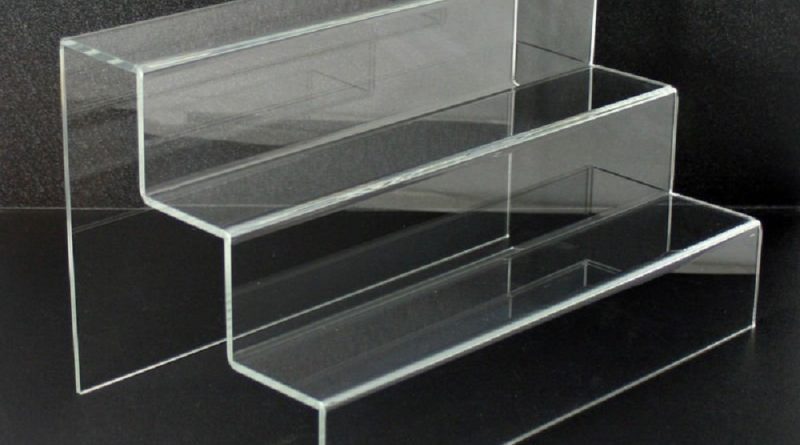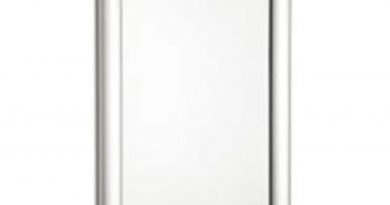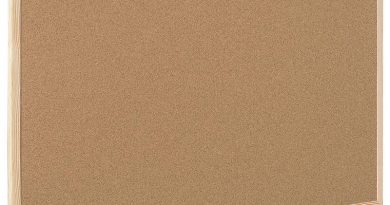The Differences Concerning Cnc Machining And Vacuum Formation
Why even choose to produce plastic materials? For starters, plastic production generally has the advantage of having comparatively quick completion times, and in contrast to the majority of materials there is also the option of colouring plastic before production, rather than after. It’s high malleability is the reason why it has a relatively low melting temperature, and it’s far more light and portable than numerous other materials – both of these factors simplify the production process. In addition, plastics are relatively inert and therefore possess higher chemical resistance. Even with all of these positives, plastic is however unsuitable for purposes which need a high physical integrity, and is very at risk from depreciation in the long-term.
Overview Of CNC Machining
CNC machining is a computer regulated subtractive procedure, which removes material from plastic as a way to produce the desirable shape. The computer is high-tech, with the capability to transform a design into figures using a computer assisted design software system. The figures are competent to operate the equipment to cut the necessary form. To set up, the pieces of equipment need an intermediate stage in the development and validation of tool paths. As soon as the machine is provided with the tool paths, the subtractive process is started. Once the construction is complete, the component is cleansed, smoothed, and cut.
For low volume plastic component part requests that need tight tolerances and forms which are tricky to shape, machining is perfect. CNC machining has the benefit of minimal to medium initial costs, and can also generate top of the line plastic components with minimal completion times. Nevertheless, with increased product intricacy, the cost per component boosts. Furthermore, the process needs tool access considerations, and specific designs, for example those with curved internal channels, are near-impossible to create with CNC manufacturing.
Introduction To Vacuum Formation
Vacuum formation is a process during which plastic is heated up and moulded, typically using a mould. The scale and intricacy of vacuum-forming machines range between inexpensive desktop equipment to state-of-the-art production machinery. {Click here for extra information acrylic vacuum forming. Whenever you are looking at considerably more details associated with perspex moulding this internet site thermoforming perspex has got a whole lot more publications on the subject of perspex sign fabrication.|{For anyone looking into extra info on the subject of bespoke plastic fabrication this specific page thermoforming plastic sheet contains a whole lot more blog posts and articles having to do with plastic machining company. This blog www.displaydevelopments.co.uk/bespoke-manufacturing provides extensive more info on the topic of plastic rapid prototyping.
It can be well suited for any project, from custom-made designs to large-scale manufacturing, considering the large variety of machinery offered and that also automatisation is undoubtedly an option when necessary. Even so, there is minimal freedom in the different kinds of design it can create, and is unfortunately exclusively able to build parts with basic geometries. When compared with various other methods, tooling costs are minimal, given that vacuum formation merely requires low forces and pressures. Typically, for modest production sizes the moulds are constructed with Three-dimensional printed resin, or possibly plaster, and for larger development sizes more robust equipment made of metal is commonly used.
The development process starts off with a sheet of plastic being clamped and heated up until the plastic becomes mouldable. The plastic is then put into the mould and cooled off, and quite often fans and also other chilling techniques are used in order to accelerate the chilling process. The final stage involves any excess plastic being removed.


